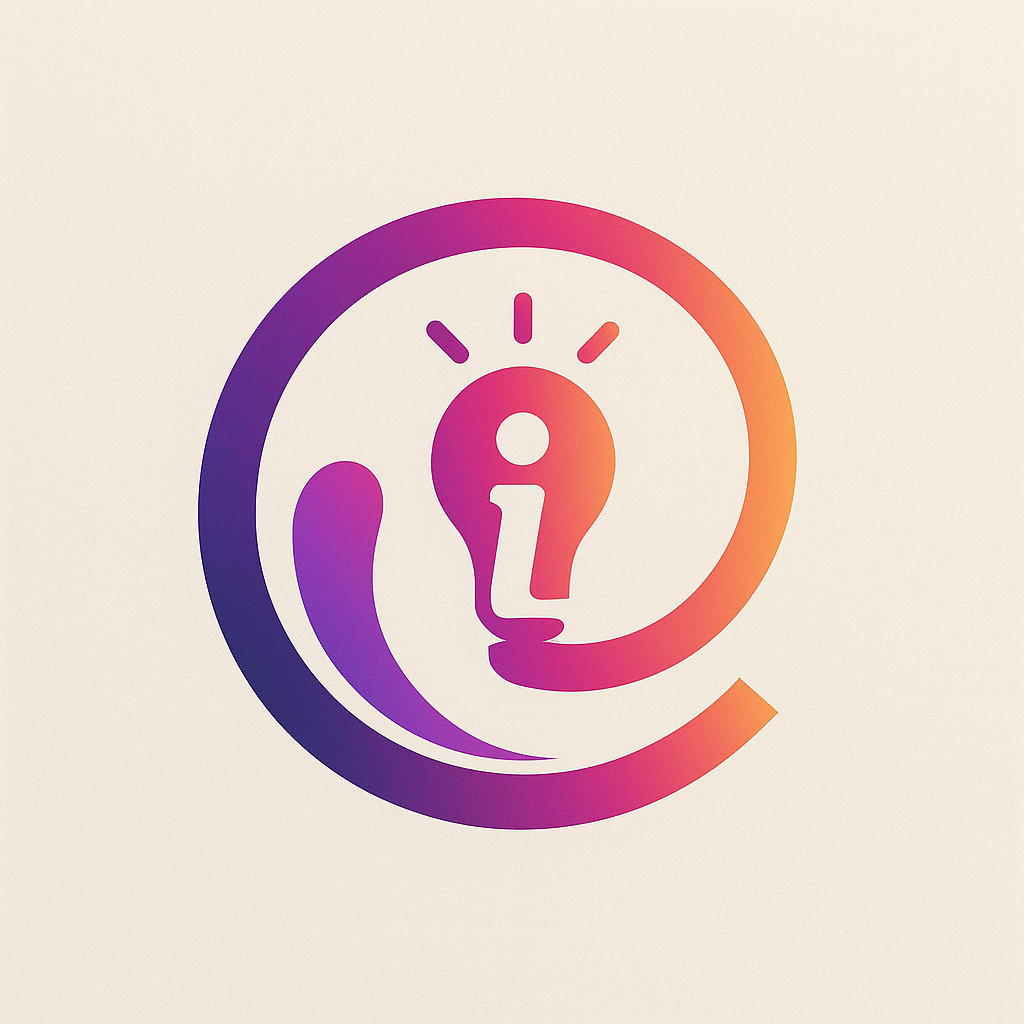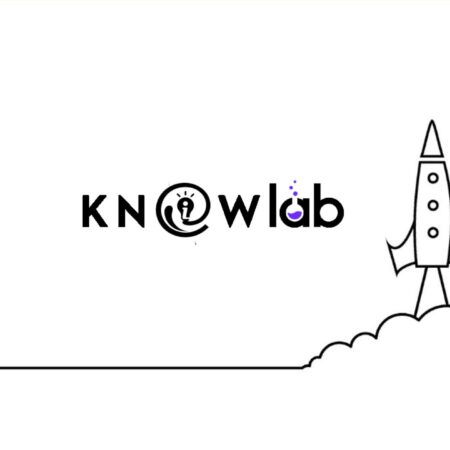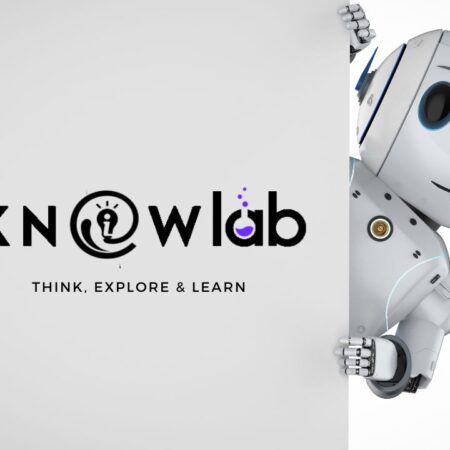
Artificial Intelligence (AI) has made tremendous strides in recent years, particularly in the field of natural language processing. One remarkable example is OpenAI’s ChatGPT, an advanced language model designed to engage in conversational interactions. Since its initial release, ChatGPT has undergone several iterations, each introducing new capabilities and improvements. In this blog post, we will explore the evolution of ChatGPT versions, highlighting their unique AI features and advancements.
ChatGPT v1:
Laying the Foundation ChatGPT v1 marked the first release of OpenAI’s language model specifically tailored for chat-based conversations. Although impressive, it had limitations, often generating responses that were excessively verbose or nonsensical. Users provided valuable feedback, prompting OpenAI to refine and enhance the model further.
ChatGPT Plus:
Democratizing Access In response to high demand, OpenAI introduced ChatGPT Plus, a subscription plan that offered benefits such as general access during peak times, faster response times, and priority access to new features. This move aimed to strike a balance between accessibility and maintaining a quality user experience.
ChatGPT v2:
Expanding Capabilities Building upon user feedback and lessons learned, OpenAI unveiled ChatGPT v2. This version introduced a series of notable improvements, including enhanced sensitivity to user instructions and the ability to provide clarifying questions when queries were ambiguous. These updates allowed for more engaging and coherent conversations, addressing some of the limitations observed in the initial release.
ChatGPT API:
Powering External Integrations Recognizing the potential for ChatGPT to be integrated into various applications, OpenAI launched the ChatGPT API. This offering allowed developers to leverage the power of ChatGPT in their own products, enabling users to interact with the model seamlessly within different contexts. The API’s availability expanded the possibilities for incorporating conversational AI into a wide range of applications and services.
ChatGPT v3:
Fine-Tuning with Human Feedback To further enhance the model’s performance and reliability, OpenAI introduced ChatGPT v3, incorporating an innovative approach called “RL from Human Feedback” (RLHF). This technique involved training the model using reinforcement learning, where human AI trainers provided conversations and played both the user and AI assistant roles. This iterative process, combined with large-scale data collection, helped to fine-tune the model’s responses, making them more accurate, concise, and contextually aware.
Legacy ChatGPT 3.5
It is the oldest version of ChatGPT. It is based on the GPT-3.5 language model, and it is available to all users, regardless of whether they have a paid subscription.
Default ChatGPT 3.5
is the most recent version of ChatGPT that is available to free users. It is based on the same GPT-3.5 language model as Legacy ChatGPT, but it has been fine-tuned with additional data.
ChatGPT 4
It is the most recent version of ChatGPT, and it is only available to paid subscribers. It is based on the GPT-4 language model, which is the most advanced language model ever developed.
ChatGPT and Future Developments:
OpenAI is committed to continually improving and expanding the capabilities of ChatGPT based on user feedback and ongoing research. They are actively exploring ways to address limitations such as providing control over the model’s output and addressing biases. Additionally, OpenAI plans to introduce new subscription plans, including lower-cost options, business plans, and data packs, making ChatGPT more accessible to diverse user groups.
Conclusion:
The journey of ChatGPT showcases the remarkable progress made in AI language models, and OpenAI’s dedication to refining and evolving their technology. From its initial release to the introduction of ChatGPT Plus, ChatGPT v2, the ChatGPT API, and the recent advancements with ChatGPT v3 and ChatGPT v4, OpenAI has continually pushed the boundaries of what AI can achieve in conversational AI. As we look ahead, OpenAI’s commitment to improving ChatGPT and addressing user needs ensures that we can expect even more exciting developments in the field of AI-powered conversations.





